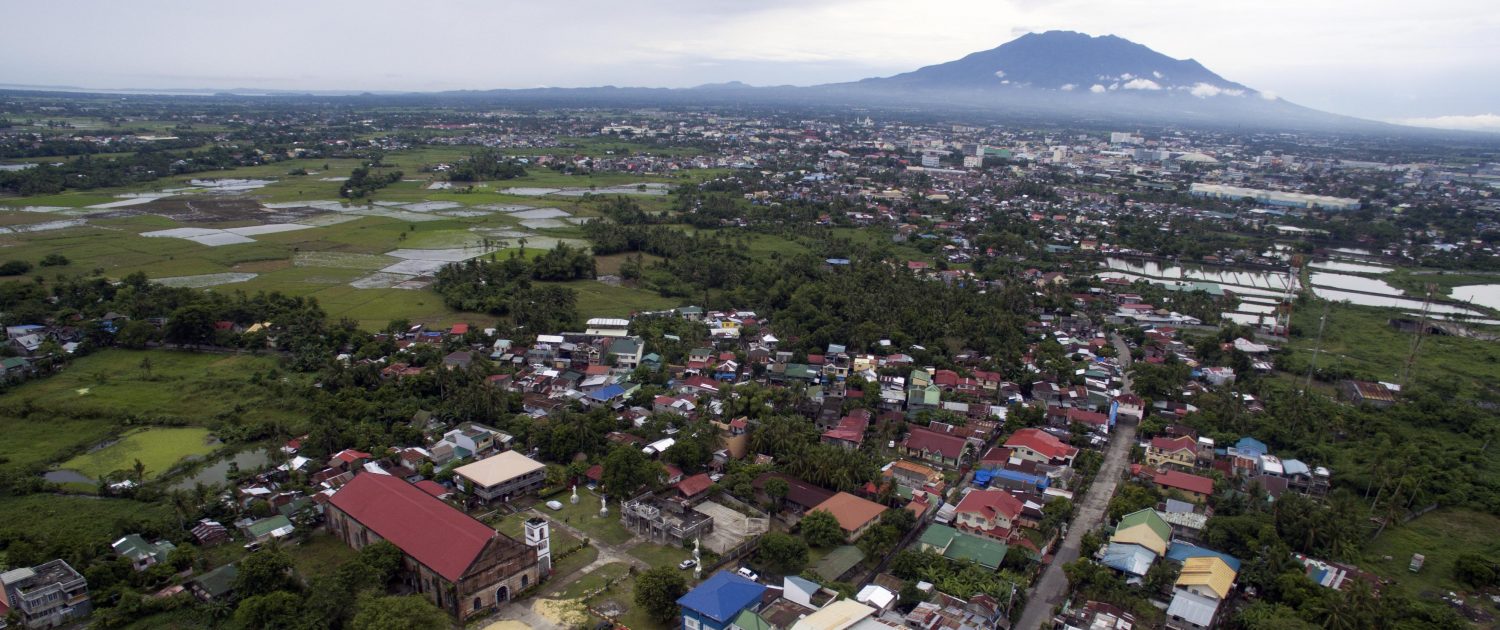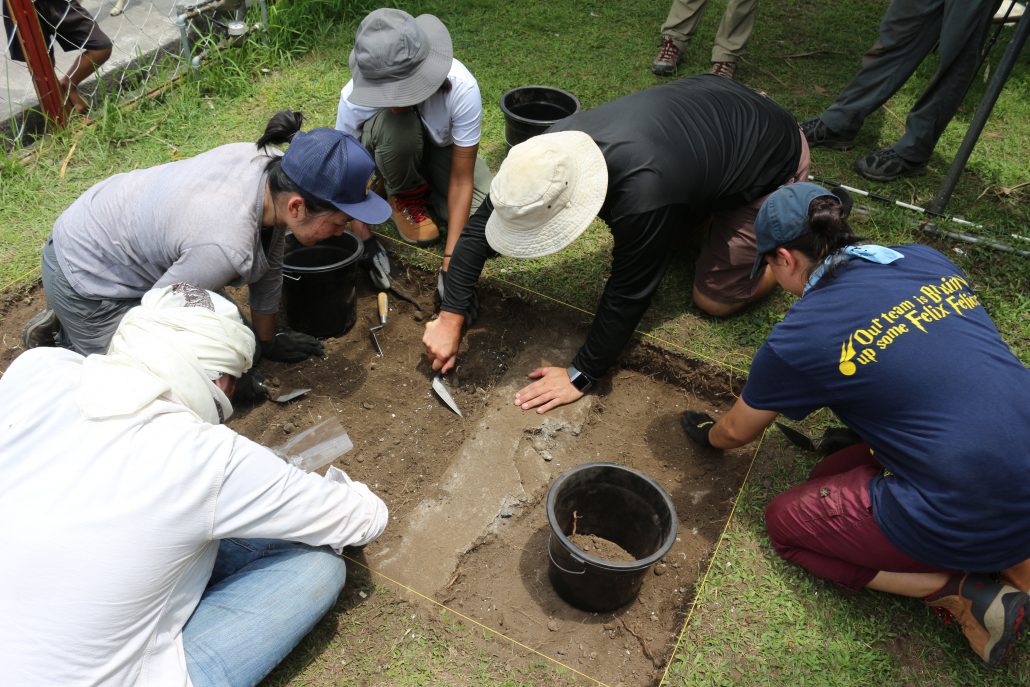Polities in the lowland Philippines were subjugated within two years of the initial contact. In particular, Bicol Region (Southern Luzon) polities were conquered by 1578 and one of the earliest Catholic Dioceses in the Philippines was established in the region. According to Spanish documents, the Bicol Region possessed enormous tracts of irrigated rice agriculture that supported large villages – villages that were populated by “the fiercest warriors” that the Spanish encountered in the islands so far. It is worth noting that, according to Spanish sources, the Bicol Region is one of the only two regions that had irrigated rice agriculture at the time of Spanish contact, which suggests a sociopolitical structure adapted to intensive cultivation as well as political mechanisms that would have allowed them to resist conquest. However, these polities collapsed and were subsequently conquered by the Spanish in 1573. The Spanish push to Bicol would have been influenced by their rice production as the Spanish valued rice, on top of the prospects of gold from the region.
Bicol Archaeological Project



Interesting links
Here are some interesting links for you! Enjoy your stay :)Pages
- 2nd Level Nested Sample Page
- 2nd Level Nested Sample Page 2
- About
- Bicol Archaeological Project
- Categories
- Contact
- Early Modern Period Southeast Asia
- Frontpage
- Frontpage
- Homepage with Boxed Image Slider
- Media Gallery
- Nested Sample Page
- News
- Our Supporters
- Research
- Student Training
- Tabs
- Test Spreadsheet

